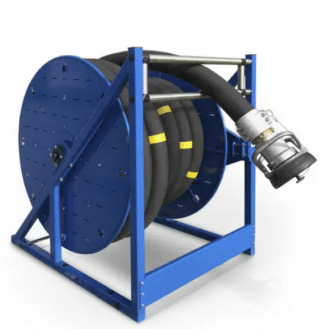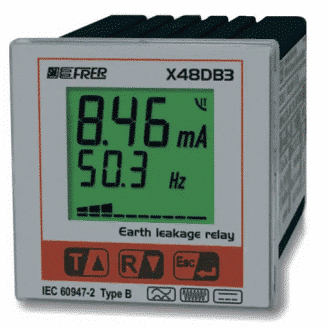Timer relays can be divided into two types, analog and digital, according to the type of technology used in their construction.

Autonics analog timer relay
Analog timers
These are the most basic. Similar in operation to a watch, they use mechanical elements such as springs and gears to measure time. They are switched on and off manually through a button.
The most common are plug-in timer relays and wall-mounted models.
Plug-in devices have the advantage of being easy to install, as all you have to do is plug them into the mains socket.
Wall models need to be installed by professionals.
Analog timer relays offer several advantages:
– They are very easy to use. The user only has to set the desired time period, as with any timer.
– They are economical.
– They are durable.
They do, however, have some disadvantages:
– They’re bigger, so they take up more space.
– Because they have moving parts, they require regular maintenance to avoid malfunctions.
Digital and electronic timers

Automatismos Control y Programación digital timer relay
These are electrical devices and can operate with direct or alternating current. They have a programmable circuit (a microcontroller) that generates electrical signals that control the switching of the contacts. They have no moving mechanical parts, unlike mechanical models.
Some digital timers for lighting also come equipped with sensors capable of detecting natural light and thus automatically adjusting the lighting.
Digital timers have several advantages:
– As they are programmable, the user can set different times for each day of the week, for example.
– Lighting control devices save energy, particularly thanks to integrated light sensors.
– They offer high precision.
However, you should bear in mind that digital timers require strict programming. You will also need to check that the digital timer is compatible with the electrical panel in question.
There are two other less common types of timer relays:
Astronomical timers: Switching occurs depending on the position of the sun (longitude, latitude), and the time of sunrise and sunset. They can be programmed to turn lights, appliances, and other electronic devices on or off at certain times of the day or night (sunrise and sunset), with an accuracy of around one minute.
Photoelectric timer relays: These are used to open or close a circuit automatically depending on the amount of ambient light detected by the photocell.









